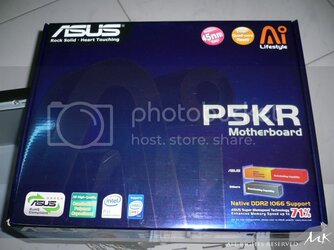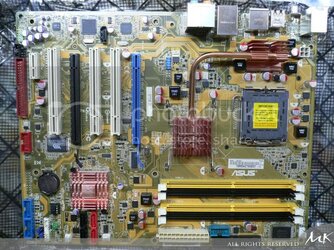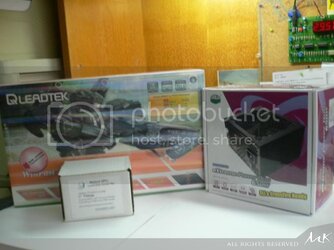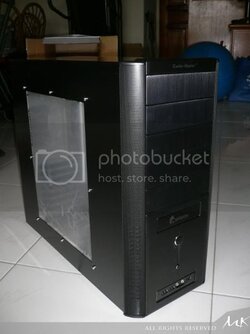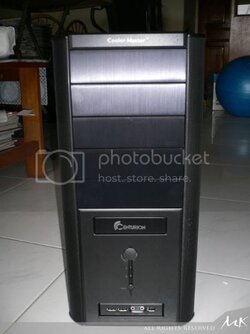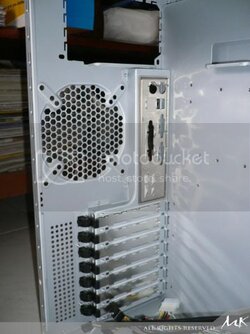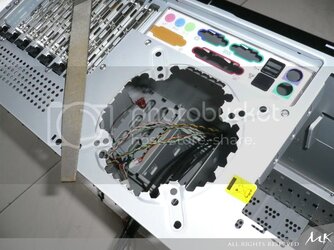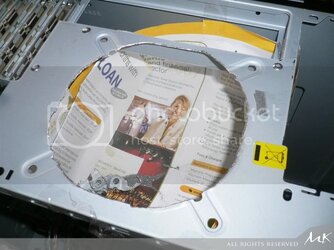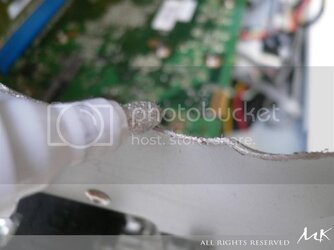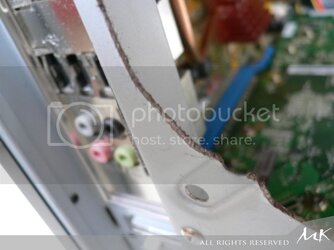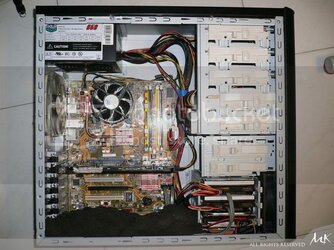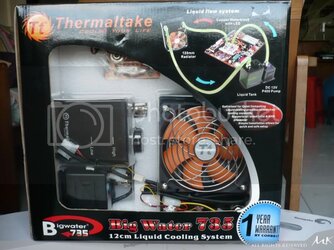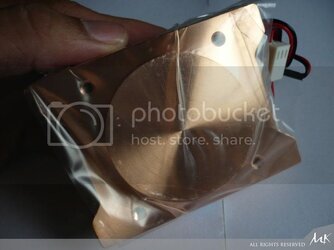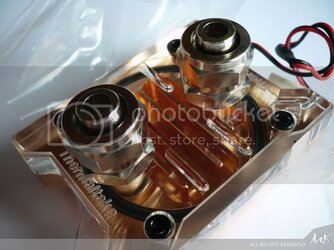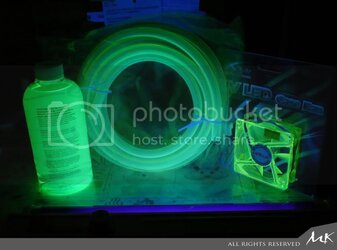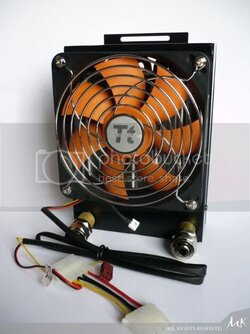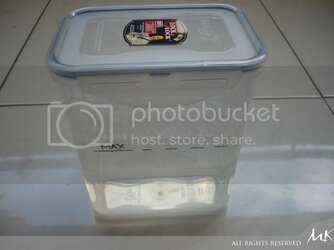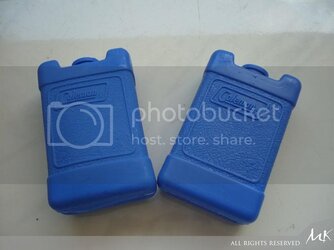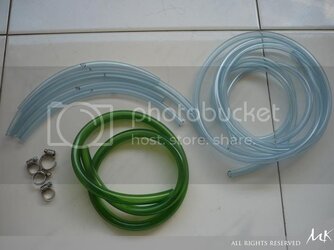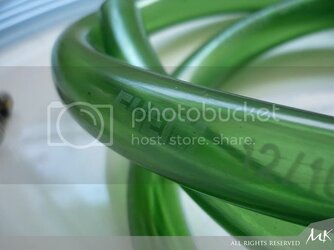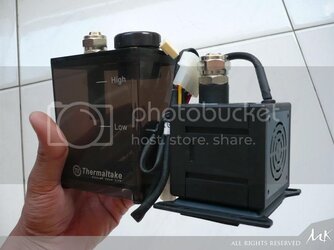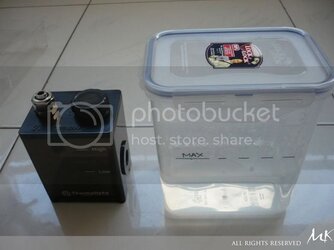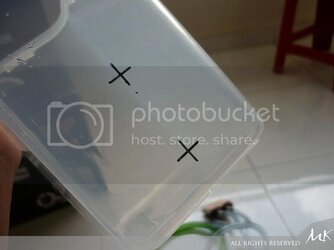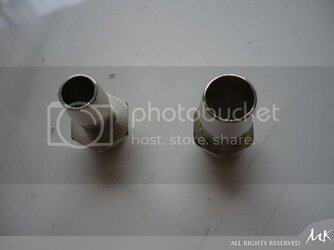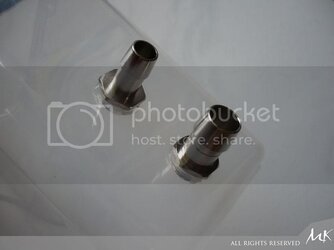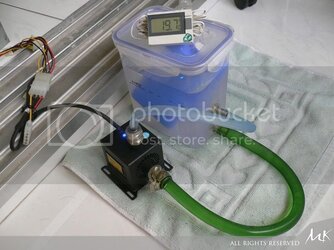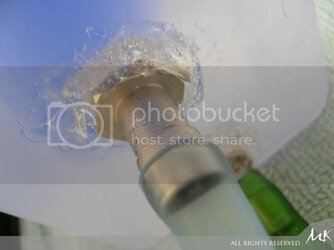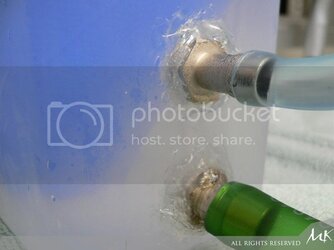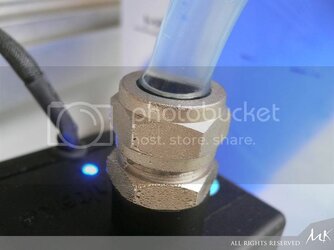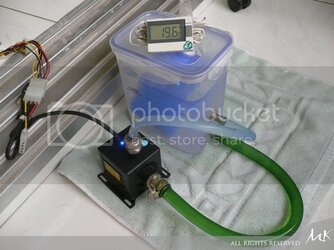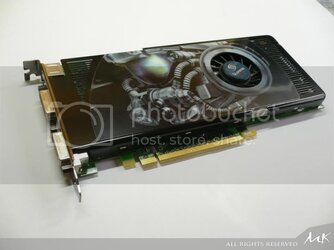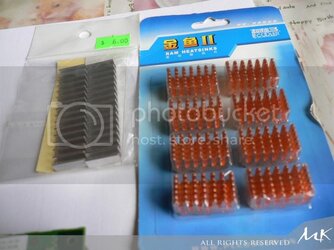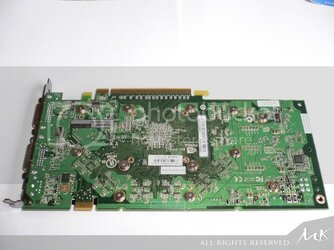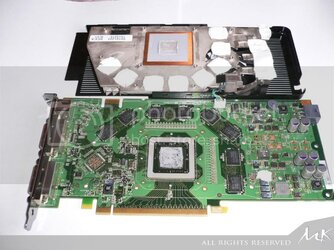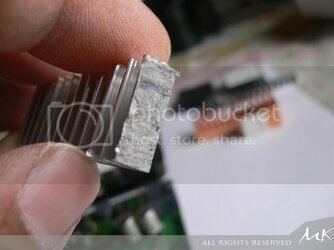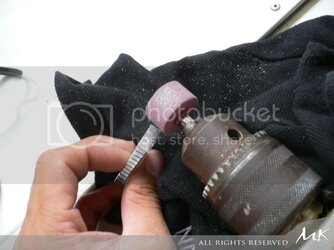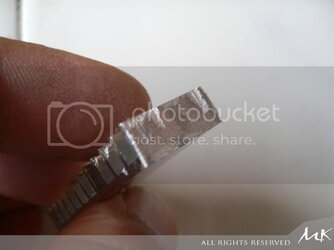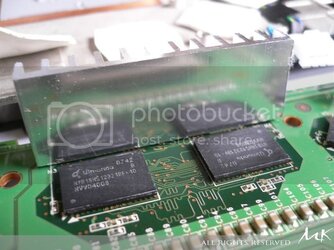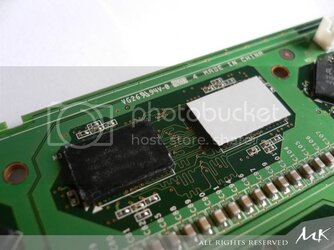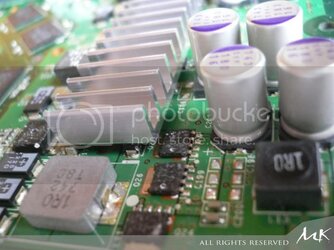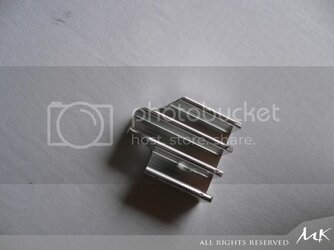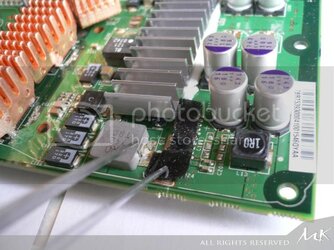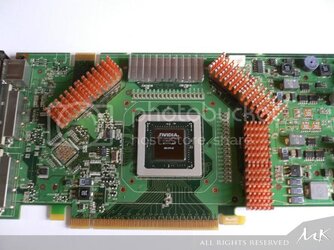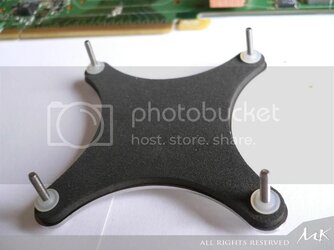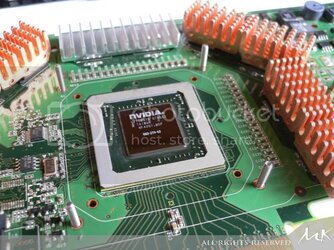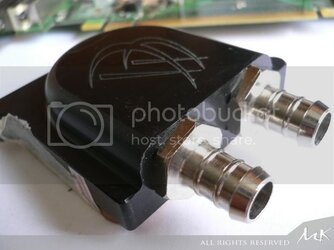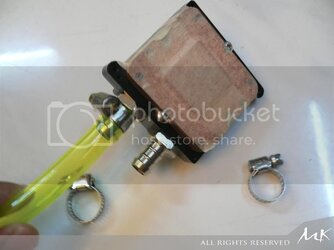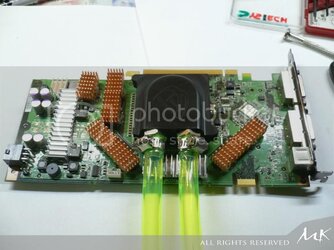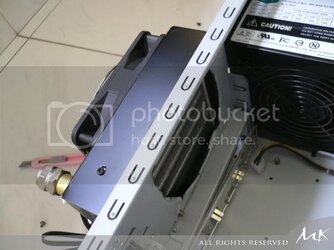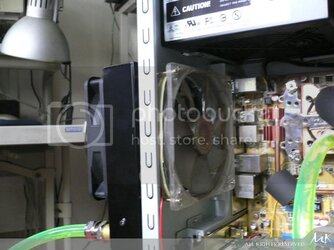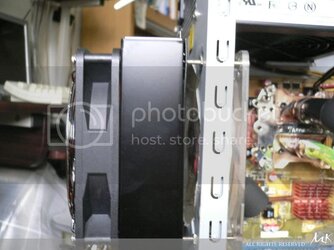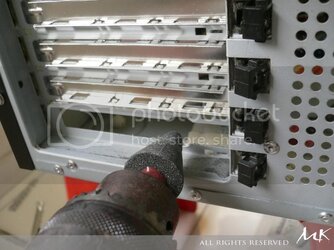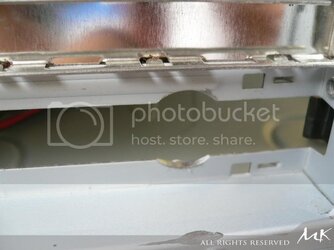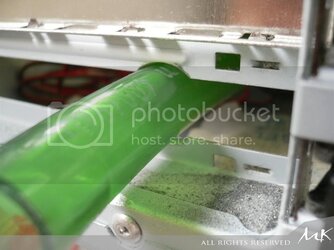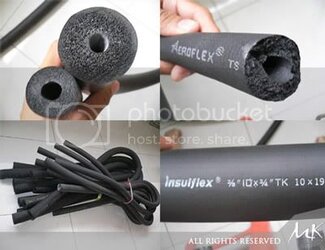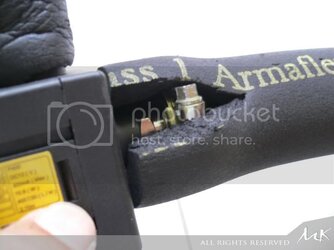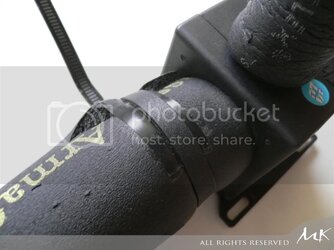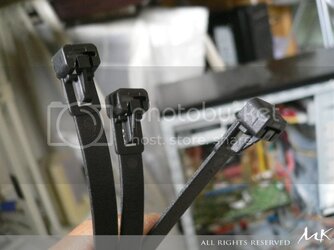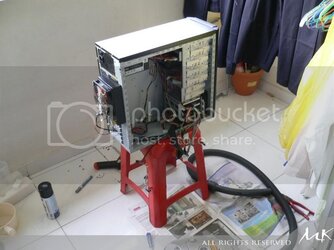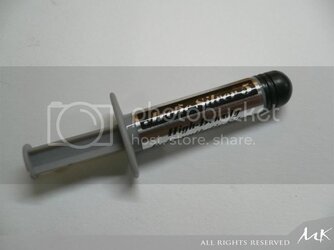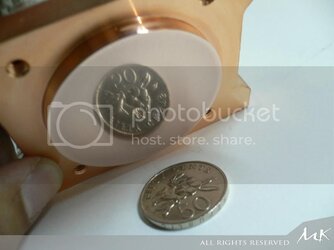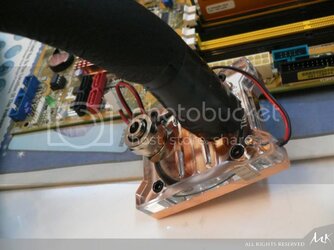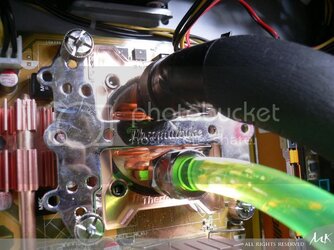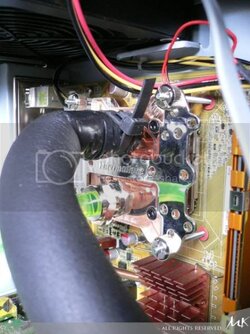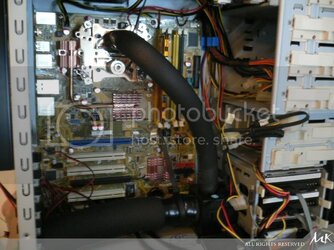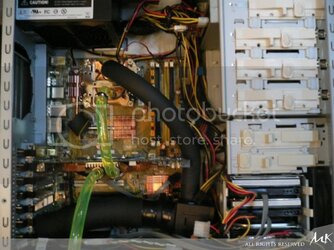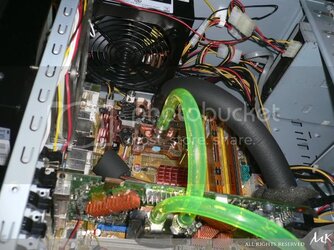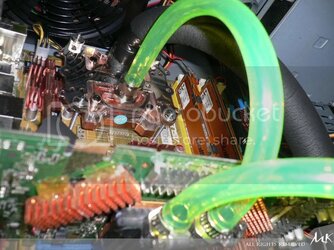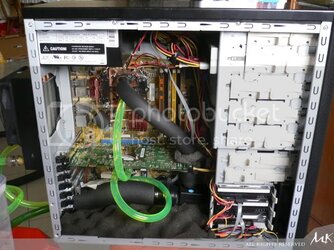- Joined
- Dec 5, 2007
Hello, I am just posting some simple on what I am attempting to do for my latest project. It’s about 3 years now with my current gaming rig, and though I’ve done many mods or minor over-clocks in the past, it’s time my system got an overhaul again to match up with new processors such as the AMD X2 series and the Intel C2D.
Just 2 years ago, this system ran Half-Life 2 just fine, But as the months passed, I watched the processors jump from 3000 to the current 6400+ AMDs, not to mention Intel’s C2D and QX series.
It’s been 3 years since I last set up this system and was one of the best kick-*** processors you could get in the first quarter of 2005, so it’s time I “upgraded” my system to match up. I play a random game once in a while, like Need For Speed, Doom, Quake and assorted FPS and RTS games, but no MMORPGs. Mainly used for other cpu-intensive applications like Adobe Premiere, Photoshop and a little CAD / Pro-Engineering. So I still need a rather powerful PC.
Of course, there’s no point having a great rig if it looks like crap, and I believe I have reached the limits of air-cooling, and have decided to fully go into water-cooling.
My system was sufficiently cool at a slight over-clock of 100 Mhz 1.8 Ghz @ 1.925 Ghz so I’ve left it running at that on a stock cooler all the while, 51ºC idle.

Specs of my current rig:
- AMD64 3000+ (Venice) @ 1.925 Ghz
- Abit AV8 (VIA K8T800 Pro) Mobo
- Geforce 6600GT PCIe
- 2 x 512 Mb Kingston DDR-RAM 3-3-3-8 @ 204.3 Mhz
- 2 x 250 Gb Seagate SATA2 HDD 7200rpm
- 1 x 160 Gb Seagate IDE HDD 7200rpm
I spliced two 400watt PSUs together to provide juice for my 3 x HDDs, GPU and o/ced CPU.
Specs of my new rig:
- Intel Core2Duo E6550 @ xxx
- Asus P5K-R Pro Motherboard
- Leadtek 8800GT 512mb Graphics Card
- 2 x Crucial BallistiX 1Gb 8500
- 2 x 250 Gb Seagate SATA2 HDD 7200rpm
- 1 x 160 Gb Seagate IDE HDD 7200rpm
Reason for these parts are basically because of cost, the E6550 has the cheapest cost-to-Ghz ratio at the time I bought it, plus the Asus P5K-R has good overclocking capabilities, and I wanted to see if I can push an Asus further than what I did with my previous Abit.
Never mind, let’s check out my work-log of my new rig!
Just 2 years ago, this system ran Half-Life 2 just fine, But as the months passed, I watched the processors jump from 3000 to the current 6400+ AMDs, not to mention Intel’s C2D and QX series.
It’s been 3 years since I last set up this system and was one of the best kick-*** processors you could get in the first quarter of 2005, so it’s time I “upgraded” my system to match up. I play a random game once in a while, like Need For Speed, Doom, Quake and assorted FPS and RTS games, but no MMORPGs. Mainly used for other cpu-intensive applications like Adobe Premiere, Photoshop and a little CAD / Pro-Engineering. So I still need a rather powerful PC.
Of course, there’s no point having a great rig if it looks like crap, and I believe I have reached the limits of air-cooling, and have decided to fully go into water-cooling.
My system was sufficiently cool at a slight over-clock of 100 Mhz 1.8 Ghz @ 1.925 Ghz so I’ve left it running at that on a stock cooler all the while, 51ºC idle.
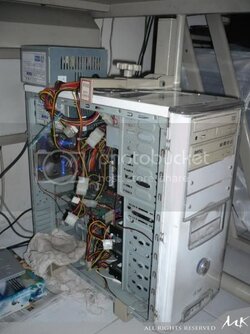
Specs of my current rig:
- AMD64 3000+ (Venice) @ 1.925 Ghz
- Abit AV8 (VIA K8T800 Pro) Mobo
- Geforce 6600GT PCIe
- 2 x 512 Mb Kingston DDR-RAM 3-3-3-8 @ 204.3 Mhz
- 2 x 250 Gb Seagate SATA2 HDD 7200rpm
- 1 x 160 Gb Seagate IDE HDD 7200rpm
I spliced two 400watt PSUs together to provide juice for my 3 x HDDs, GPU and o/ced CPU.
Specs of my new rig:
- Intel Core2Duo E6550 @ xxx
- Asus P5K-R Pro Motherboard
- Leadtek 8800GT 512mb Graphics Card
- 2 x Crucial BallistiX 1Gb 8500
- 2 x 250 Gb Seagate SATA2 HDD 7200rpm
- 1 x 160 Gb Seagate IDE HDD 7200rpm
Reason for these parts are basically because of cost, the E6550 has the cheapest cost-to-Ghz ratio at the time I bought it, plus the Asus P5K-R has good overclocking capabilities, and I wanted to see if I can push an Asus further than what I did with my previous Abit.
Never mind, let’s check out my work-log of my new rig!
